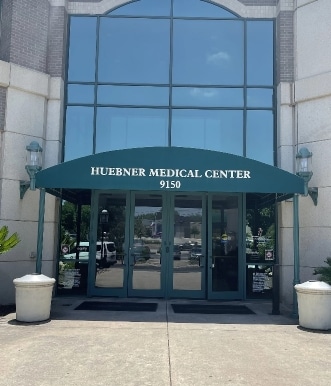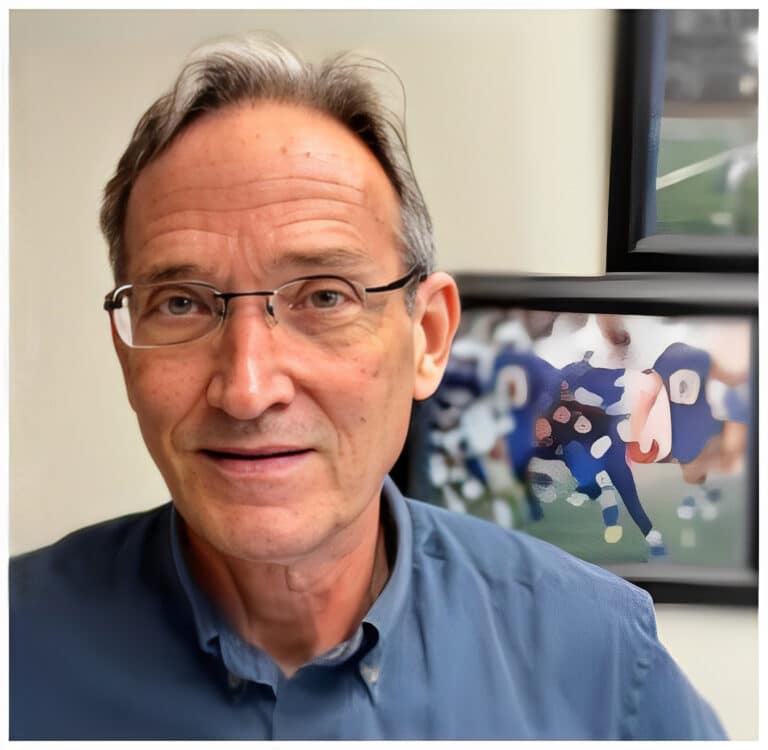Welcome to Sports, Occupational & Knee Surgery
San Antonio's Leader in Orthopedic Care
Sports, Occupational and Knee Surgery offers many options in orthopedic care! We treat knees, hips and shoulders plus give consultations on many other injuries and problems. Our office staff and doctors work as a team here at Sports, Occupational and Knee Surgery to assist you in your treatment and recovery, whether you are an athlete with sports-related injuries or an active person suffering from joint pain. Our specialties include, but are not limited to, Orthopedic Surgery, Joint Replacement, Ligament Repair, Shoulder Problems, Athletic Injury Prevention, Hip Replacement, Knee Replacement, Bunion Removal.

I have been under the care of Dr. Holmes since 2009, receiving treatment for various injuries including those to my shoulder, hamstring, and knee, culminating in two surgeries. Specifically, I underwent ...
Doctor Holmes is the best at dealing with full knee replacement. He did my first knee replacement in 2016 and the procedure and therapy went very well. I decided to have ...
I have been going to see dr holmes for some time now and he is the best dr I have ever been to. His care for me and my wife ...
Meet Our Team
Our mission is to take care of San Antonio and surrounding communities, treating all sports related injuries as well as any joint pain in the active adult. We are more than just orthopedic surgery in San Antonio, TX; we offer conservative treatment, preventative treatment, joint replacement specializing in knees and hips, and shoulders.


